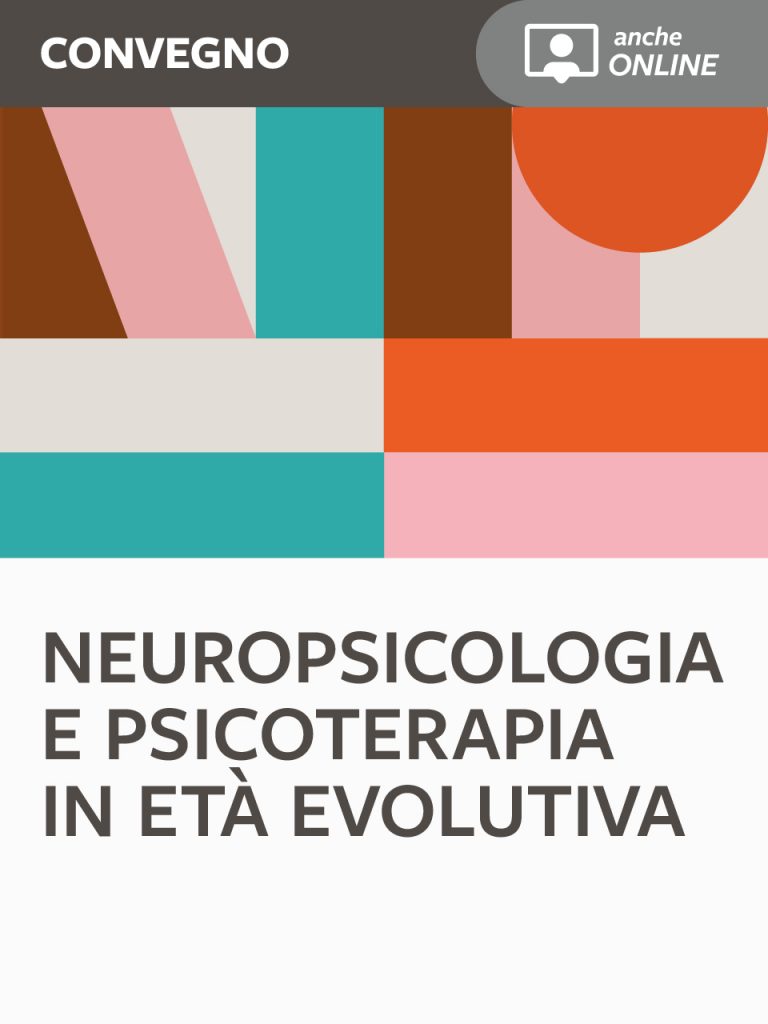Phonological Working Memory, Subvocal Repetition and Auditory Identification
Carlo Petenà
The present paper proposes new evaluation tools and materials for the enhancement of phonological working memory. As widely documented in the literature, children with developmental phonological disorder often exhibit inefficient phonological working memory as well as an age-inappropriate level of phonological awareness. It was decided to propose auditory identification tasks to require children to make an effort in various functions connected with language development. Illustrated tables were created containing figures to be pointed out upon verbal request, including images evoking similar words on a phonological level, in order to require, in addition to the maintenance of information in verbal short-term memory, also a phonological discrimination task, through a reprocessing in working memory. After having used the materials in question in clinical practice, we opted to test their validity for rehabilitative purposes, i.e. to verify whether at least some of the functions elicited by their use were deficient in the case of phonological disorder. A pilot study was carried out which involved the administration of an auditory identification test on a sample of 106 children aged between 4 and 6 years old, 60 of whom were males and 46 females. 6.1 % of the total, corresponding to 65 children, had a phonological delay or a phonological phonetic disorder. A clear association emerged between the presence of fragility at the phonological level and low performance in the test, confirming the hypothesis formulated, as detected by the R software, which gave the following results: R = 0.70; R2adj = 0.69; F (3, 101) = 79.43, p < 0.001. The types of errors made by the children were investigated and it was observed that the majority of them spontaneously repeated the delivery, in subvocal form, with only lip movements or out loud, from as early as 4 years of age. The test also included tasks for evaluating short-term memory span, which produced results in line with the initial assumptions, therefore values lower than average in the case of language delay. It is believed that the use of the materials described can be useful for (re)habilitation and evaluation purposes in the event of delay or phonological phonetic disorder. The study sample can be expanded by administering the test to other subjects by professionals who freely intend to participate in the research project.
Keywords
Phonology, Working memory, Rehearsal, Uditive identification, Uditive attention.

